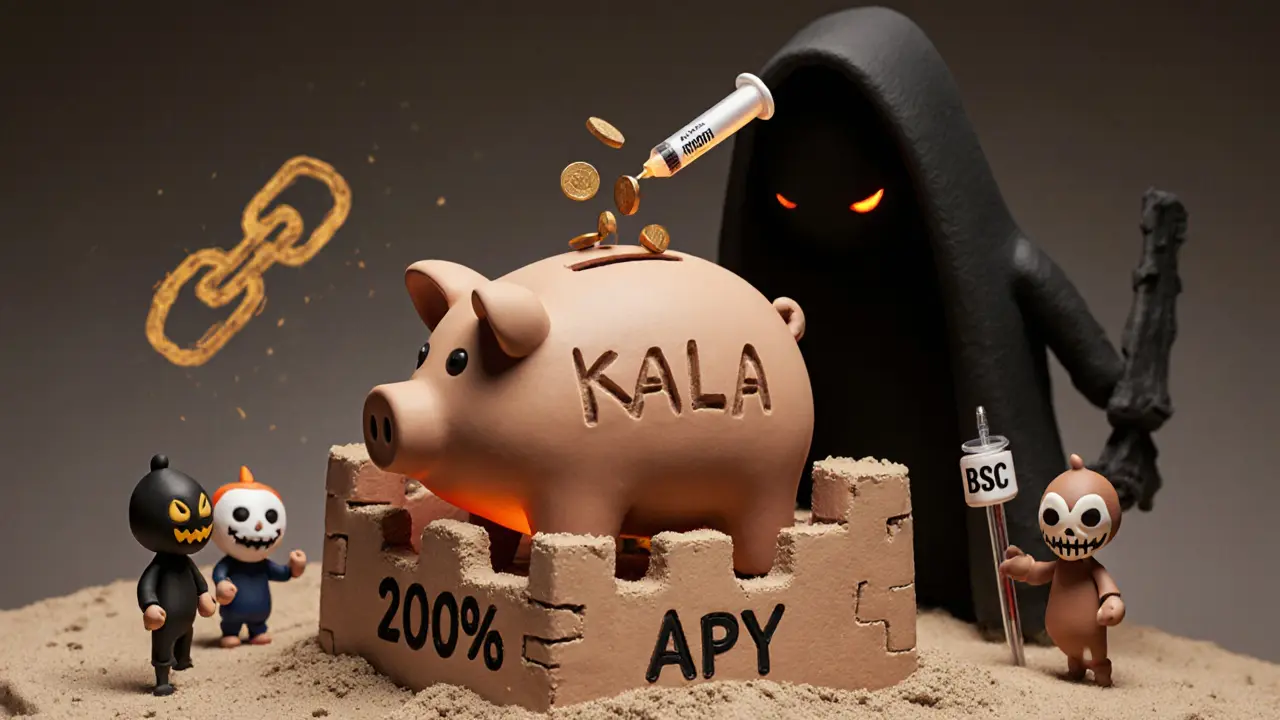Crypto Risk: Understand the Real Dangers in Crypto Trading and Investments
When you hear crypto risk, the potential for losing money or assets in cryptocurrency due to fraud, regulation, or technical failure. Also known as digital asset risk, it's not just about markets going down—it's about losing everything because you trusted a fake exchange, a silent team, or a coin with no real code behind it.
Crypto exchanges, platforms where you buy, sell, or trade digital assets. Also known as cryptocurrency trading platforms, they’re the front door to the crypto world—but not all doors are safe. Some, like Blockfinex or SkullSwap, have no audits, no users, and no transparency. Others, like Garantex or Exved, are outright banned in countries like Russia because they’re used for money laundering. Even big names can be risky if they hide their trading volume or lack user protection. If you’re trading, you need to ask: Who’s running this? Are they even real? Then there’s asset forfeiture, when governments seize your crypto because they believe it’s tied to illegal activity. The U.S. alone has built a $17 billion Bitcoin reserve from seized coins. Angola jailed miners for using too much electricity. Cuba and Syria face shifting sanctions that can turn your holdings into legal liabilities overnight. Your wallet isn’t safe just because it’s decentralized—governments can still take it.
Some risks come from the tech itself. Privacy coins, cryptocurrencies like Monero and Zcash designed to hide transaction details. Also known as anonymous coins, they protect people in oppressive regimes—but they also attract regulators. Using them doesn’t make you a criminal, but it can make you a target. Then there’s yield farming, earning crypto by locking up your tokens in DeFi pools. It sounds like free money, but one hack, one rug pull, or one spike in gas fees can wipe out your gains. NiHao, Sphynx Labs, Levana Protocol—they all promised big returns. None delivered safety.
Most crypto risk isn’t about Bitcoin crashing. It’s about people thinking they’re investing when they’re actually gambling on ghost projects. You don’t need to be a genius to avoid it—you just need to know what to look for: audits, active teams, real volume, and legal clarity. The posts below show you exactly where the traps are hiding—whether it’s a fake airdrop, a banned exchange, or a coin with zero utility. You’ll see what’s real, what’s risky, and what you should walk away from—before it’s too late.
Kalata Protocol Crypto Review: Is KALA a Safe DeFi Investment or a High-Risk Scam?
Kalata Protocol isn't a crypto exchange - it's a high-risk DeFi yield farm on Binance Smart Chain with no team, no audits, and shrinking liquidity. Here's why experts say to avoid it.
